Many a purchase of a cheap used car is often seriously regretted afterwards. Fuel consumption turns out to be amazingly high, making an apparent bargain to a costly affair. There are plenty of ways to influence this and considerably reduce costs. Read in this article everything about reducing fuel consumption of your car.
Saving fuel:
Awareness helps
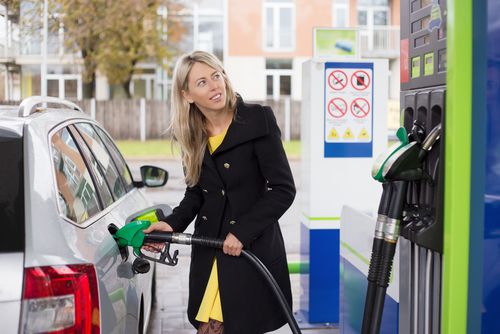 The first thing to do is exactly measuring the fuel consumption of the car. This is very simple: fill the car and drive several hundreds of miles. Subsequently fill it up again. When filling up the car, stop as soon as the fuel dispenser automatically switches off.
The first thing to do is exactly measuring the fuel consumption of the car. This is very simple: fill the car and drive several hundreds of miles. Subsequently fill it up again. When filling up the car, stop as soon as the fuel dispenser automatically switches off.
Shaking the car in an attempt to add more fuel is not only a waste but also dangerous. After filling, divide the added amount of fuel by the amount of driven miles and multiply the result by a hundred. The longer the covered distance, the more precise the result will be.
The more variable the driving conditions – countryside, city, motorway – the more relevant the resulting value becomes for the general costs of car usage. The resulting value should be compared with the average consumption of the car type. You should not only trust the manufacturer data, but also ask other users about fuel consumption. The obtained tips are very useful with respect to your own car.
First steps
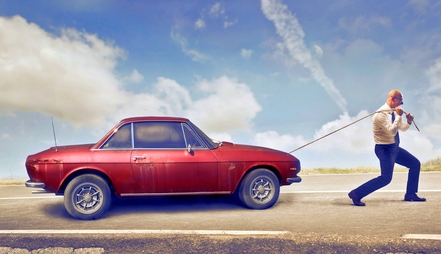 Assuming the fuel consumption turns out to be way too high, you have several possibilities of acting upon this. Every measure is more or less effective. In total you can reduce the petrol or diesel consumption by more than 50% by following these steps:
Assuming the fuel consumption turns out to be way too high, you have several possibilities of acting upon this. Every measure is more or less effective. In total you can reduce the petrol or diesel consumption by more than 50% by following these steps:
|
1. reducing weight 2. general maintenance 3. changing driving behaviour 4. technical measures |
Every ounce must be fed
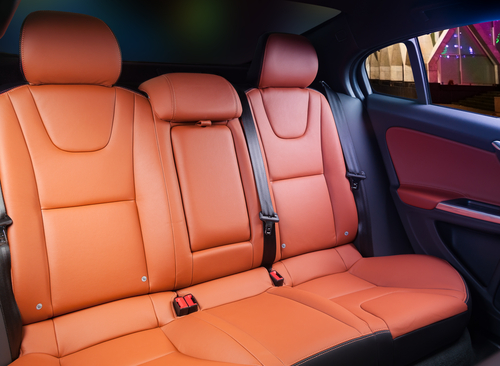 Adding weight to the car costs fuel. Therefore the first and simplest measure for reducing fuel consumption is clearing out your car. Everything not absolutely essential has to go. You can combine this with a profound interior cleaning, making driving considerably more pleasant.
Adding weight to the car costs fuel. Therefore the first and simplest measure for reducing fuel consumption is clearing out your car. Everything not absolutely essential has to go. You can combine this with a profound interior cleaning, making driving considerably more pleasant.
By saving fuel to its limits, by all means take this further: a redundant back seat or passenger seat is extra weight too. The spare tyre can be replaced by a low-weight repair kit. If the tow bar is removable, there is no use leaving it on the car permanently. Ultimately, intelligent refuelling management can considerably contribute to making the car lighter.
|
Diesel and fuel weigh approximately 750 – 850 grams per litre |
With a tank volume of 40 litres this is 30 – 35 kilos only for fuel. Filling the tank up to only a third of its capacity saves another 20 kilos in weight. You will need to refill more frequently, of course.
Further steps for reducing fuel consumption
Combustion engines only function optimally under ideal circumstances, implying that the air supply and internal lubrication must be in good order. Purchase of a cheap used car always comes with:
|
1. oil change 2. replacing the air filter 3. replacing spark plugs 4. checking tyres |
 1. An oil change creates a defined reference point of condition for further use of the car. Fresh, high-grade oil reduces friction in the engine, considerably impacting fuel consumption. 1. An oil change creates a defined reference point of condition for further use of the car. Fresh, high-grade oil reduces friction in the engine, considerably impacting fuel consumption.
|
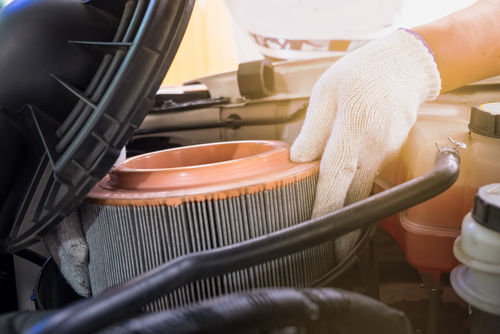 2. Replacing the air filter can have a considerable effect on fuel consumption, potentially reducing the fuel demand up to 30 – 50 %. Along with the air filter the pollen filters should be replaced as well. These minor interventions supply the engine and interior with clean air. 2. Replacing the air filter can have a considerable effect on fuel consumption, potentially reducing the fuel demand up to 30 – 50 %. Along with the air filter the pollen filters should be replaced as well. These minor interventions supply the engine and interior with clean air.
|
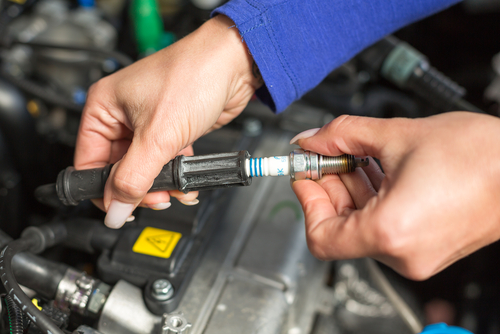 3. Spark plugs are responsible for adequate ignition. Following replacement, the old spark plugs should be inspected thoroughly. Their condition provides information about potential engine trouble. When spark plugs are replaced, the distributor cap needs to be checked as well. Scorched contact points also cause a higher fuel consumption. 3. Spark plugs are responsible for adequate ignition. Following replacement, the old spark plugs should be inspected thoroughly. Their condition provides information about potential engine trouble. When spark plugs are replaced, the distributor cap needs to be checked as well. Scorched contact points also cause a higher fuel consumption.
|
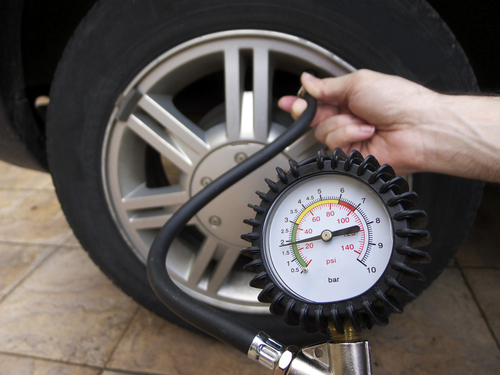 4. Ultimately, tyres are co-responsible for the fuel consumption. A rule of thumb is very simple: the higher the rolling resistance, the higher the consumption. As a first measure the tyre pressure must be checked. It should correspond with the manufacturer data or exceed them half a bar at most. In no circumstances the tyre pressure should be under the values of the manufacturer’s data. Not only this increases fuel consumption, but also tyres wear out the considerably faster, making the car unsafe. 4. Ultimately, tyres are co-responsible for the fuel consumption. A rule of thumb is very simple: the higher the rolling resistance, the higher the consumption. As a first measure the tyre pressure must be checked. It should correspond with the manufacturer data or exceed them half a bar at most. In no circumstances the tyre pressure should be under the values of the manufacturer’s data. Not only this increases fuel consumption, but also tyres wear out the considerably faster, making the car unsafe. |
Due to their stronger profile, winter tyres have a higher rolling resistance than summer tyres. Even though driving with winter tyres is allowed in summer, adapting the tyres to the season is always advisable. This one measure can reduce fuel consumption with up to two litres. This applies especially when the correct tyre pressure is maintained.
Intelligent driving makes turns your car into a miracle of economy
 Fuel consumption is at its highest when the car accelerates. The trick of fuel-efficient driving is therefore to keep the speed of the accelerated car constant as long as possible. Quick acceleration, stop-and-go driving or permanent overtaking on the motorway cause the fuel consumption rate to explode. The highest possible gear is always the gear in which the engine functions most efficiently. Aerodynamics are very important here. The faster a car is driving, the more force it applies to resist the air.
Fuel consumption is at its highest when the car accelerates. The trick of fuel-efficient driving is therefore to keep the speed of the accelerated car constant as long as possible. Quick acceleration, stop-and-go driving or permanent overtaking on the motorway cause the fuel consumption rate to explode. The highest possible gear is always the gear in which the engine functions most efficiently. Aerodynamics are very important here. The faster a car is driving, the more force it applies to resist the air.
|
At a speed of 100 – 120 km / h, the aerodynamic drag rises additionally – and the fuel consumption along with it. |
Adapting by “swimming along” will help you more than permanent racing in the passing lane. If you have the nerves for it, you can consider remaining behind a lorry to profit from its wind shadow, considerably reducing the fuel consumption. However, this makes driving rather monotonous.
Making use of electricity consumers is part of the driving experience. It is all the same to the car what the fuel is used for. Every appliance using energy must be supplied with fuel, so only switch on what you really need: the air conditioner is a great consumer just as seat heating or other electric systems in the car. A large stereo equipment produces wonderful sound, but doubles the fuel consumption. Heavy speakers and amplifiers in the car not only enhance the weight but additionally use a lot of power.
Consumption still too high? Go to the garage
If the above-mentioned measures do not help reducing the fuel consumption, there might be a technical defect. The following causes are probable:
|
1. leaking fuel system 2. defective temperature sensor 3. defective lambda sensor 4. jamming caliper |
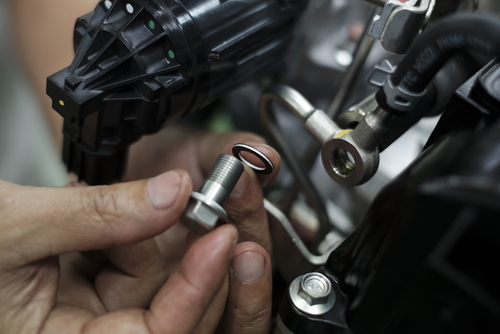 1. A leaking fuel system, i.e. a hole in the tank or a porous hose generally causes a strong smell of fuel. In this case a fuel puddle is often found under the car. 1. A leaking fuel system, i.e. a hole in the tank or a porous hose generally causes a strong smell of fuel. In this case a fuel puddle is often found under the car.
|
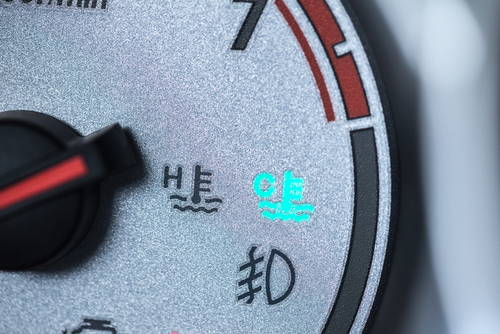 2. Defective sensors supply the control unit with faulty data. A malfunctioning temperature sensor will tell the control unit the environmental temperature is -20ᵒC. 2. Defective sensors supply the control unit with faulty data. A malfunctioning temperature sensor will tell the control unit the environmental temperature is -20ᵒC.
|
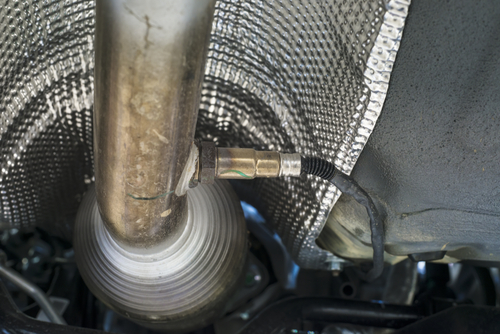 3. A defective lambda sensor will tell the control unit the engine is running too lean. The result is always the same: the control unit enriches the air-fuel ratio, causing a rise in fuel consumption. Fortunately, replacing sensors is simple and cheap. Leaking fuel hoses can often be replaced easily and cheaply. A hole in the fuel tank on the other hand is an expensive repair; defective tanks are generally replaced. 3. A defective lambda sensor will tell the control unit the engine is running too lean. The result is always the same: the control unit enriches the air-fuel ratio, causing a rise in fuel consumption. Fortunately, replacing sensors is simple and cheap. Leaking fuel hoses can often be replaced easily and cheaply. A hole in the fuel tank on the other hand is an expensive repair; defective tanks are generally replaced.
|
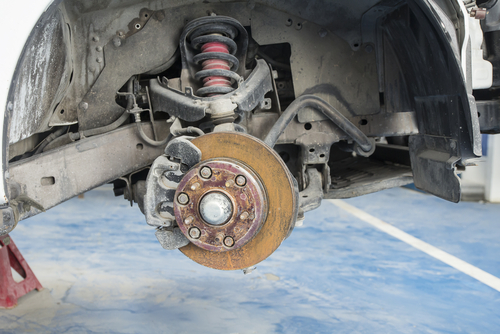 4. If the caliper jams, the brake lining continues to grind against the brake disc, causing an increase of fuel consumption. The wheel overheats and the car pulls to one side when braking. In this case, drive to a garage immediately. 4. If the caliper jams, the brake lining continues to grind against the brake disc, causing an increase of fuel consumption. The wheel overheats and the car pulls to one side when braking. In this case, drive to a garage immediately.
|
What doesn’t help
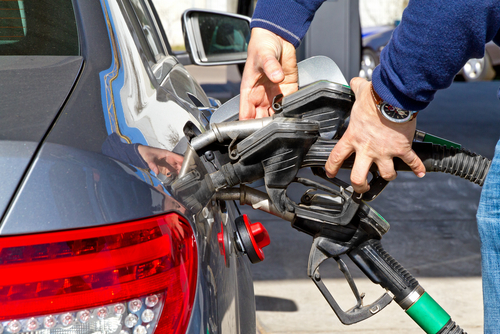 The available fuel-saving agents or devices are of no use whatsoever. Obscure add-on components, magnets in the tank or additives in the tank – all of them have turned out to be a sham. The money spent on magical solutions is better spent on a new air filter or oil change, saving you money as well as irritation about the waste of it.
The available fuel-saving agents or devices are of no use whatsoever. Obscure add-on components, magnets in the tank or additives in the tank – all of them have turned out to be a sham. The money spent on magical solutions is better spent on a new air filter or oil change, saving you money as well as irritation about the waste of it.
Saving fuel:
Knowledge is power
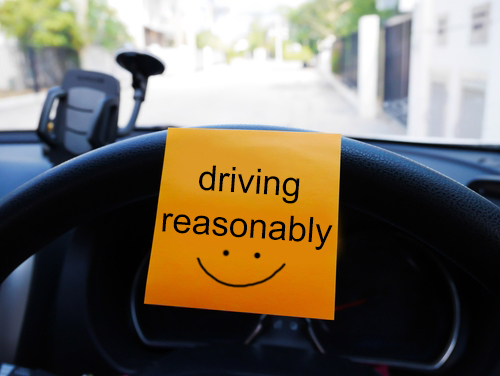 Those who succeeded in turning the guzzler in to a miracle of economy will ultimately consider saving fuel a challenge. Bringing down the fuel consumption from 12 litres to 4 litres can be done if you really want it. You don’t need to go that far – sensible driving, a responsible handling of your car and intelligent management is both wise and feasible.
Those who succeeded in turning the guzzler in to a miracle of economy will ultimately consider saving fuel a challenge. Bringing down the fuel consumption from 12 litres to 4 litres can be done if you really want it. You don’t need to go that far – sensible driving, a responsible handling of your car and intelligent management is both wise and feasible.
Foto: zenstock, Kaspars Grinvalds, Juergen Faelchle, Ollyy, Gargantiopa, Sappasit, John99, Ikonoklast Fotografie, niroworld, MR.TEERASAK KHEMNGERN, Quality Stock Arts, BACHTUB DMITRII, B toy Anucha, Korawig Boonsua / shutterstock.com

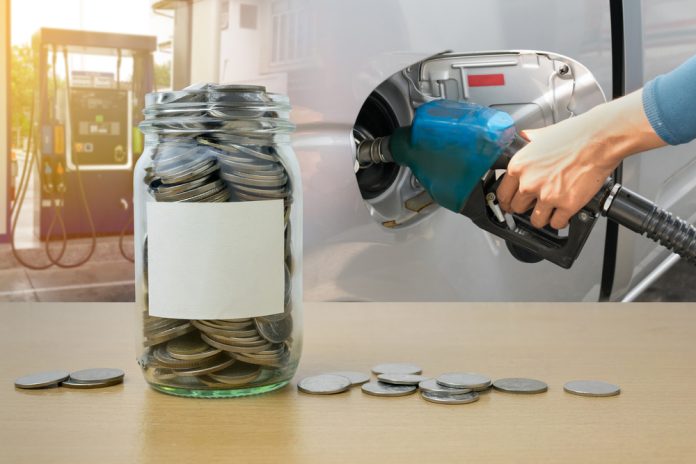


 (10 votes, average: 3.40 out of 5)
(10 votes, average: 3.40 out of 5)







